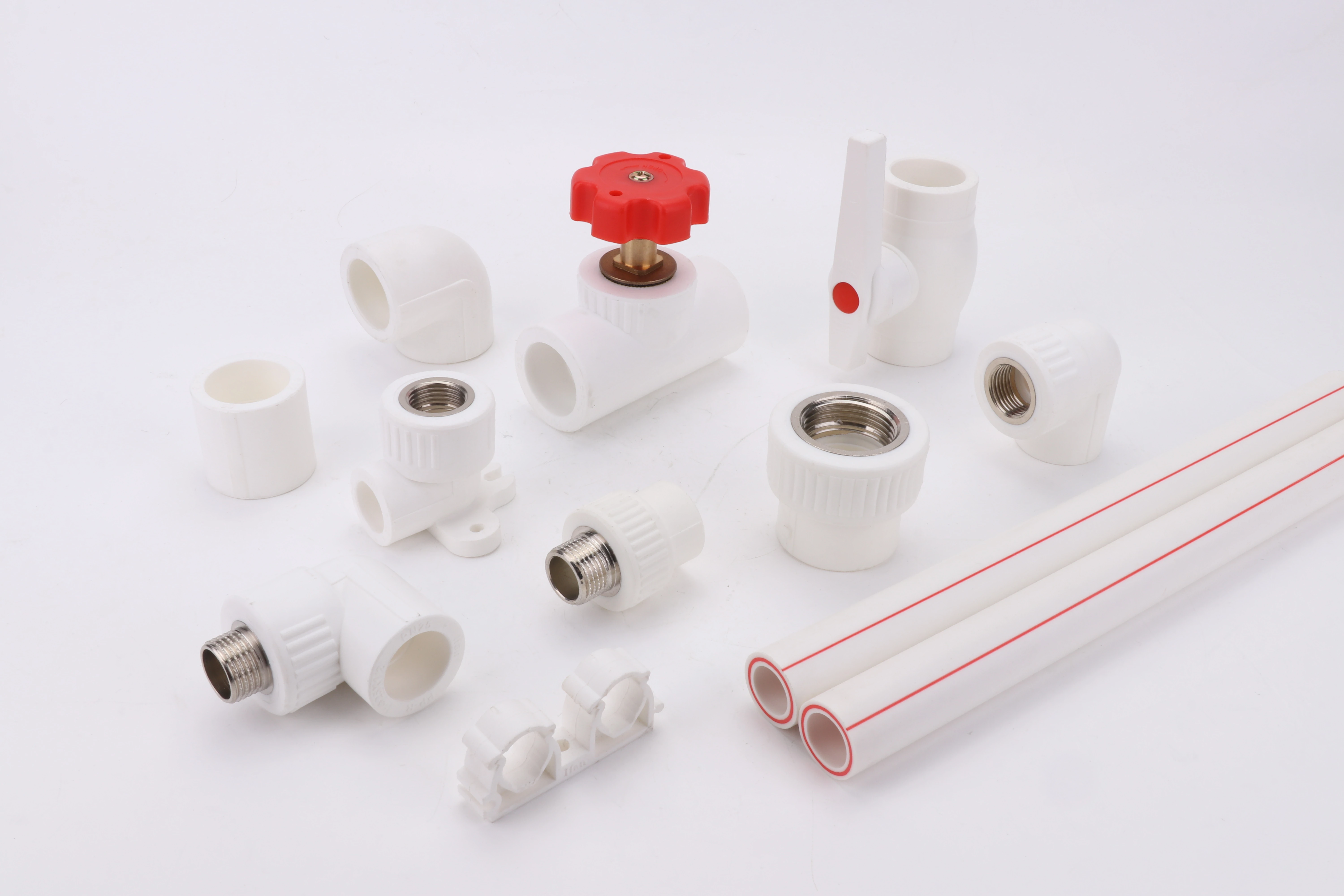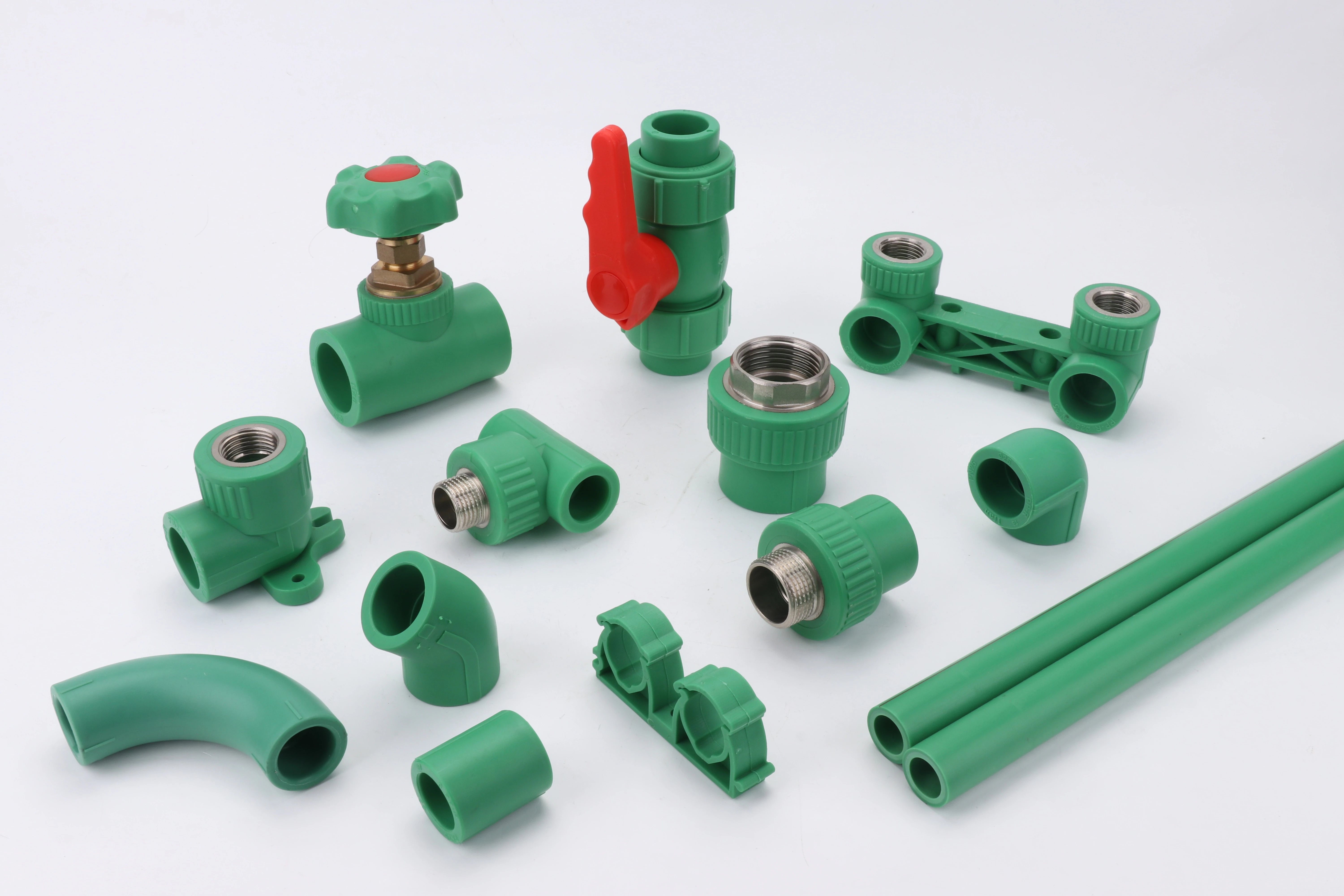Having installed both PPR and PEX systems in numerous residential and commercial projects, I’ve witnessed firsthand how each material performs under real-world hot water conditions. One particularly telling case involved a hotel where we installed PPR on one wing and PEX on another, providing perfect comparative data over five years of operation.
PPR generally outperforms PEX for continuous high-temperature applications (above 70°C), while PEX offers better freeze resistance and installation flexibility for moderate-temperature systems. PPR maintains superior pressure ratings at elevated temperatures, but PEX provides easier installation and better expansion accommodation, making the choice dependent on specific project requirements and temperature demands.
Both materials have distinct advantages that make them suitable for different hot water applications. Understanding their performance characteristics, cost implications, and installation requirements ensures optimal system design and long-term reliability.
How Does Temperature Resistance Compare Between PPR and PEX Pipes?
In a recent industrial project where water temperatures consistently exceeded 80°C, we conducted accelerated aging tests that revealed significant differences in how PPR and PEX handle sustained high temperatures. The results clearly demonstrated why temperature specifications matter for long-term performance.
PPR pipes withstand continuous temperatures up to 95°C with peak resistance to 110°C, while PEX is typically rated for 82-93°C continuous operation depending on type. PPR maintains better dimensional stability at high temperatures, while PEX offers superior freeze resistance but requires derating for sustained high-temperature applications.

High-Temperature Performance
The materials behave differently under thermal stress:
PPR Thermal Characteristics
PPR’s polypropylene random copolymer structure provides excellent thermal stability, allowing continuous operation at 95°C without significant degradation. The material exhibits minimal thermal expansion (0.15 mm/m°C) compared to PEX, reducing stress on supports and connections. However, PPR becomes brittle at very low temperatures, making it unsuitable for exterior applications in freezing climates without proper insulation.
PEX Temperature Limitations
PEX types vary in temperature resistance, with PEX-A generally handling up to 93°C intermittently, while PEX-B and PEX-C are typically rated for 82°C continuous operation. All PEX types require pressure derating as temperature increases, with most manufacturers recommending 50% pressure reduction at 82°C compared to room temperature ratings.
Long-Term Thermal Aging
Extended exposure to heat affects each material differently:
| Thermal Factor | PPR Performance | PEX Performance | Practical Implication |
|---|---|---|---|
| Continuous Max Temperature | 95°C | 82-93°C | PPR better for high-temp applications |
| Thermal Expansion | 0.15 mm/m°C | 0.24 mm/m°C | PPR needs less expansion accommodation |
| Heat Aging Effects | Minimal over 10+ years | Gradual oxidation | PPR maintains properties longer |
| Freeze Resistance | Poor – may crack | Excellent – expands | PEX better for freeze-prone areas |
Which Material Maintains Better Pressure Performance With Hot Water?
When a residential complex experienced repeated failures in their hot water recirculation system, our pressure testing revealed how differently PPR and PEX handle the combined stress of heat and pressure. The data collected informed our future material recommendations for high-temperature pressure applications.
PPR maintains significantly better pressure ratings at elevated temperatures, with PN 2.0 and PN 2.5 pipes retaining 60-70% of their room temperature pressure capacity at 80°C. PEX requires substantial pressure derating, typically maintaining only 40-50% of cold water pressure ratings at similar temperatures, making PPR superior for high-temperature pressure applications.
Pressure-Temperature Relationship
The interaction between heat and pressure reveals critical differences:
PPR Pressure Retention
PPR’s molecular structure provides excellent pressure retention as temperatures increase. PN 2.5 PPR pipes maintain approximately 8 bar working pressure at 70°C and 5-6 bar at 95°C. This gradual derating curve makes PPR predictable and reliable for hot water systems where consistent pressure maintenance is crucial.
PEX Pressure Derating
All PEX types experience significant pressure reduction at elevated temperatures. Most PEX pipes rated for 160 PSI at 23°C drop to 80-100 PSI at 82°C, with some formulations experiencing up to 60% reduction. This substantial derating often necessitates larger pipe sizes or higher pressure classes for hot water applications.
System Design Implications
These pressure characteristics impact overall system design:
Residential Applications
For typical residential hot water systems operating at 50-60°C, both materials perform adequately with proper sizing. However, PPR’s flatter derating curve provides additional safety margin for occasional temperature spikes common in household water heaters.
Commercial Systems
In commercial applications with higher temperatures and continuous operation, PPR’s pressure retention advantage becomes significant. The ability to maintain higher pressures at elevated temperatures often allows for smaller pipe diameters and reduced material costs in PPR systems.
What Are the Installation Cost Differences for Hot Water Systems?
We recently completed a cost analysis across twelve similar residential projects, half using PPR and half using PEX for hot water distribution. The results revealed surprising patterns that challenge conventional assumptions about installation economics.
PEX typically has 15-30% lower installation costs due to faster installation and fewer specialized tools, while PPR systems have 10-20% lower material costs but require more labor. The total installed cost difference narrows significantly for larger projects where tool investment becomes amortized, making project scale a key factor in cost-effectiveness.
Cost Component Analysis
Breaking down the cost elements reveals where differences occur:
Material Costs
PPR raw materials generally cost less per meter than PEX, particularly for larger diameters. However, PPR requires more expensive fittings and supports to accommodate thermal expansion. PEX material costs have decreased significantly in recent years but remain higher than PPR for equivalent pressure ratings.
Labor Requirements
PEX installation is typically faster due to its flexibility and simpler connection methods. Our timed installations show PEX requires 25-40% less labor time than PPR for equivalent layouts. The labor advantage increases with complex layouts where PEX’s flexibility reduces fitting requirements.
Tool and Equipment Investment
PPR requires significant investment in fusion welding equipment ($800-$2,000), while basic PEX installation tools cost $200-$500. However, this advantage diminishes for professional installers who already possess the necessary tools or for large projects where tool costs are amortized across multiple installations.
Total Cost Comparison
Considering all factors provides a realistic cost picture:
| Cost Factor | PPR System | PEX System | Ventaja de costes |
|---|---|---|---|
| Material Costs | Lower (10-20%) | Higher (15-25%) | PPR |
| Labor Costs | Higher (25-40%) | Lower (30-50%) | PEX |
| Tool Investment | Higher | Lower | PEX |
| Project Duration | Longer | Shorter | PEX |
| Longevity | 40-50 years | 30-40 years | PPR |
How Do Connection Methods Affect Long-Term Reliability in Hot Water?
After investigating multiple hot water system failures, we discovered that connection methods often determine long-term reliability more than the pipe material itself. This realization prompted us to develop connection-specific protocols for hot water applications.
PPR’s heat-fused joints create monolithic connections that outperform the pipe itself in hot water applications, while PEX’s mechanical connections represent potential failure points under thermal cycling. PPR fusion welding creates permanent, leak-free joints, but PEX expansion connections provide reliable alternatives when properly installed with temperature-appropriate components.
Connection Performance in Hot Water
Different connection technologies respond uniquely to thermal stress:
PPR Fusion Welding
The heat fusion process creates molecular bonds that are equally resistant to temperature and pressure as the pipe itself. These joints don’t require maintenance and aren’t affected by thermal cycling. However, fusion welding requires skilled technicians and proper equipment calibration to achieve perfect joints consistently.
PEX Connection Systems
PEX connections vary significantly in their high-temperature performance. Expansion connections generally handle thermal cycling best due to PEX’s memory characteristics. Crimp connections maintain reliability but may require occasional retightening in systems with frequent large temperature swings. Push-to-connect fittings typically have lower temperature ratings and may require specific high-temperature models for hot water applications.
Thermal Cycling Impact
Repeated heating and cooling tests reveal critical patterns:
PPR Joint Integrity
Heat-fused PPR joints maintain integrity through thousands of thermal cycles between 20°C and 95°C. The uniform material composition throughout pipe and fittings ensures consistent expansion rates, eliminating stress concentration at connections. This makes PPR ideal for systems with frequent temperature fluctuations.
PEX Connection Longevity
PEX mechanical connections experience different stress patterns during thermal cycling. The differential expansion between metal fittings and PEX pipe creates cyclical stress that can lead to creep relaxation over time. High-quality brass fittings and proper installation techniques mitigate this issue, but it remains a consideration for high-temperature applications.
Best Practices for Hot Water Connections
Maximize reliability through proper techniques:
PPR Fusion Protocols
For hot water applications, increase fusion temperature by 5-10°C above standard recommendations, extend heating and cooling times by 15-20%, and always use socket fusion rather than butt fusion for pressure applications. These adjustments accommodate PPR’s different flow characteristics at elevated temperatures.
PEX Installation Adjustments
For hot water systems, use high-temperature PEX formulations, select brass rather than plastic fittings, increase support spacing by 15% to accommodate expansion, and allow for proper expansion loops in long runs. These measures significantly improve long-term reliability in hot water applications.
Conclusión
PPR generally provides superior performance for high-temperature hot water applications (above 70°C) with better pressure retention and more reliable fusion-welded connections, while PEX offers installation advantages and better freeze resistance for moderate-temperature systems. The optimal choice depends on specific temperature requirements, installation constraints, budget considerations, and long-term performance expectations, with PPR favored for commercial and high-temperature applications and PEX providing excellent value for residential and moderate-temperature systems.













Comentarios recientes